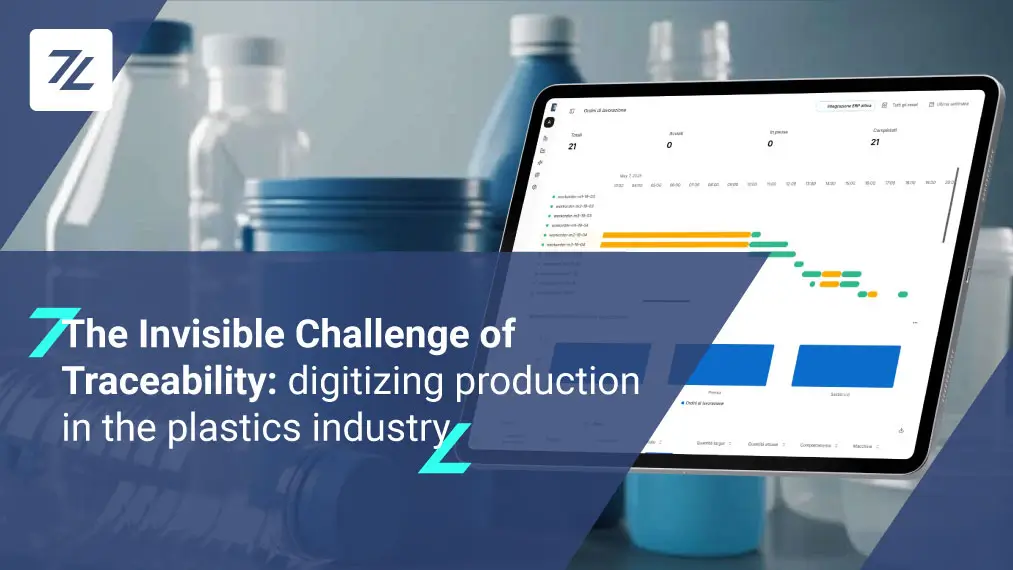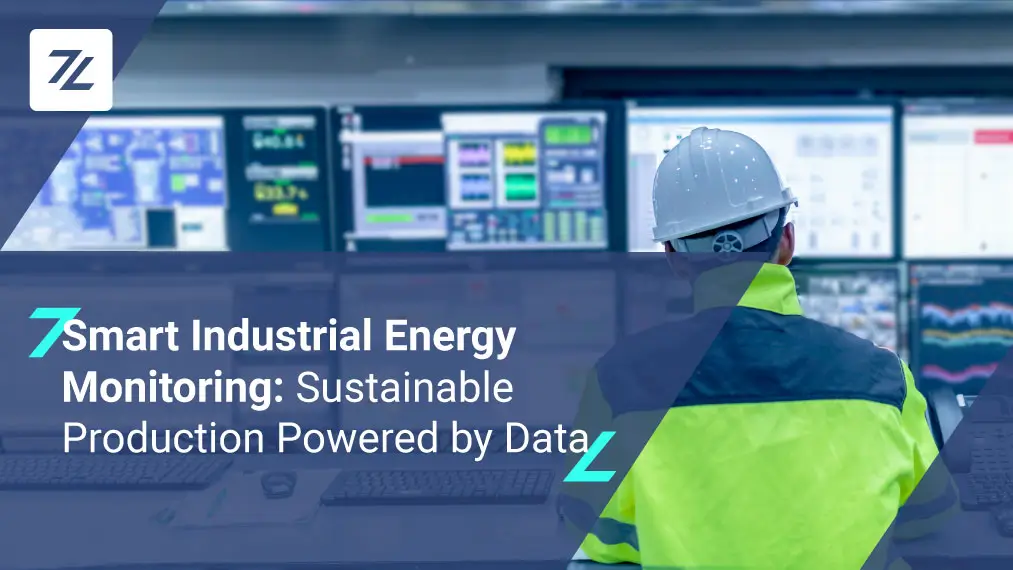The issue of waste is a relevant topic both in environmental and health terms. IoT applications allow the waste sector to monitor emissions and make production processes more efficient.
Companies that manage waste must adopt state-of-the-art tools to meet environmental and health needs. Emissions, deriving from waste, are constantly growing. Monitoring and efficiency systems are needed to allow unification between the environment, the community, and the company.
IoT technologies represent one of the solutions to the problem: collect significant quantities of data, constantly monitor, optimize the process, and make strategic decisions.
Industry in the waste sector: environmental and health impact
When we talk about the waste industry we are referring to a critical economic sector. According to a report by the Fead (European Federation of Environmental Services and Waste Management Enterprises), in the eighteen smartest European countries there are 3,000 companies in this sector with a total of 320,000 employees. These are the numbers that manage about 60% of the municipal waste market and over 75% of industrial and commercial waste in Europe.
It is also important to consider their importance in terms of the environmental and health impact, especially in preventing environmental crimes such as illegal dumping, uncontrolled combustion, and the subsequent emission of dangerous gasses. According to a study by the Istituto Superiore di Sanità it’s a fact that the absence of monitoring for selected KPIs, possibly because of absent IoT technologies, has led to serious health risks and pollution of groundwater and other nearby habitats for almost 30 years.
Here are some of the main issues affecting the waste sector:
- controlling CO2 and biogas emissions;
- odor and miasma management;
- monitoring the energy consumption of the plants;
- monitoring liquid waste levels stored inside the tanks.
Fig 1: Eurostat waste disposal according to the type of recovery in European Union countries
According to research by Eurostat, EU waste management policies aim to reduce waste in the environment, its impact on health, and improve the EU’s resource efficiency. When waste generation is unavoidable, it is necessary to promote it as a resource to achieve higher levels of recycling and safe waste disposal.
What are the IoT applications for the waste industry?
If monitoring selected KPIs makes it possible to implement the correct management and solution for production, environmental, and safety problems, then IoT platforms are some of the most innovative and cutting-edge solutions capable of meeting the various needs in the sector.
IoT platforms can support waste companies in the transition process to Industry 4.0, in the remote monitoring of waste, and in the collection of information about temperature, humidity, toxic fumes, radiation, and other parameters necessary for companies to control production.
The information is then transmitted to a specific cloud platform and displayed on customized dashboards to which all local and remote workers have access. The data is stored and is perpetually available for information flow control, process analysis, and reporting.
In conclusion, IoT applications allow waste companies to collect significant quantities of data, essential for making forecasts, optimizing the process, and supporting strategic decision-making processes. This also means joining the innovation process to become “smart” which is being promoted by cities as an ideal for environmental protection.
To learn more about IoT applications for waste 4.0 companies, you can download the White Paper “IoT technologies in the waste sector”
The ESA case: Zerynth’s IoT platform for monitoring purification measures.
The Zerynth platform has allowed ESA (Elbana Servizi Ambientali Spa), a company that deals with urban hygiene services, to supervise all internal processes at the plant with excellent final benefits, especially in terms of economic and environmental sustainability.
The main customer concerns were:
- Contain the dispersion of odors caused by daily operations by keeping the shed door openings where the waste is stored under control;
- Monitor the operation and consumption of the air treatment systems;
- Monitor the consumption of all assets present in the plant;
- Monitor liquid waste levels stored inside the tanks and manage the emptying logistics.
Fig 2: Monitoring of the ESA plant – top view
IoT technology has made it possible to obtain an effective solution for more careful monitoring of consumption and odors emitted by the plant.
Managing all the waste storage and collection areas, from an environmental viewpoint, has made it possible to reduce odors and consequently limit the impact on the surrounding areas from the monitoring of filtering and purification actions.
Read the complete case study to learn more about the ESA project, and find out more about the benefits of IoT technologies
Share This Story, Choose Your Platform!
Follow Zerynth on
Latest Posts







